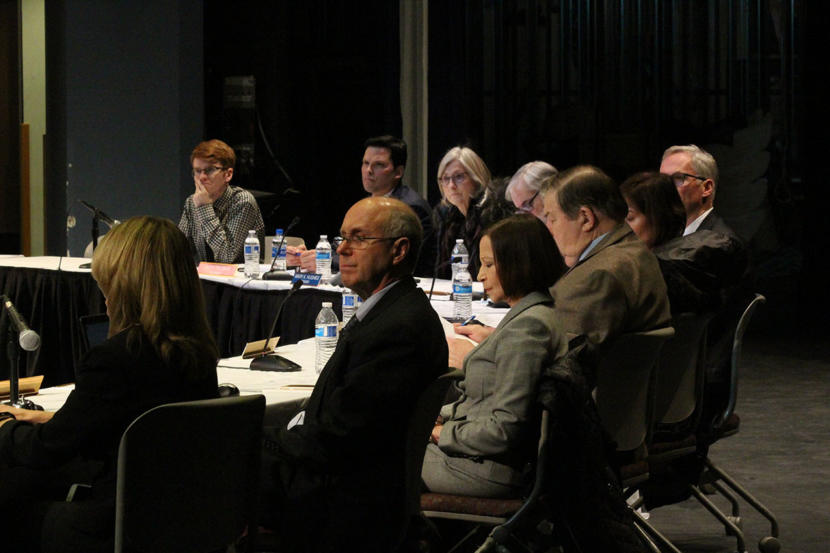
The University of Alaska Board of Regents voted yesterday to go in a different direction. The campus merger plan is dead, at least for now.
During an extended special meeting that reviewed the board’s resolution in June to study the impact of a merger, Interim President Pat Pitney proposed a modification revising the language for resizing the UA system — and that new language does not include merging University of Alaska Southeast with University of Alaska Fairbanks.
“As has been discussed, it has caused a lot of conflict,” said Pitney. “I think distrust of the process that we employed.”
A lot has changed for the UA system since June. Former president Jim Johnsen resigned amid blowback from his job interview in Wisconsin. Meanwhile, faculty and staff have been prioritizing community health during the pandemic.
The looming threat of a proposed merger — especially this year — had an added impact in Southeast and came as a surprise to the community.
In June, The city and borough of Juneau voted to publicly oppose the merger, as did the Ketchikan assembly. Opponents worried that a merged campus would not adequately serve Southeast students and communities.
But Juneau-based regent Dale Anderson has been a vocal proponent of merging at least the universities in Juneau and Fairbanks. He said he’s frustrated with the lack of collaboration.
“If we can get to a point whether UA Southeast, Fairbanks and Anchorage all work together, that’s what we’re after. We won’t have a university if we don’t go down that track,” said Anderson.
The majority of the board approved Anderson’s proposal to add analysis of “structural options” to Pitney’s motion. That added language does leave an opening for a future merger.
The regents also heard from UAS education professor Heather Batchelder. She spoke for the Faculty Alliance, which represents all three universities. Batchelder pushed back on Anderson’s claim that there isn’t enough collaboration.
“Taking a university mergers [subsidization], that type of structural change off the table, would definitely help alleviate stress for our students, our faculty and our communities,” said Batchelder. “We could devote time to, say, writing preparation grants.”
Batchelder says the idea of merging to one University of Alaska should be off the table at least until 2021.
Regardless, Pitney said there will be other downsizing proposals. The UA system still faces a $40 million deficit.
